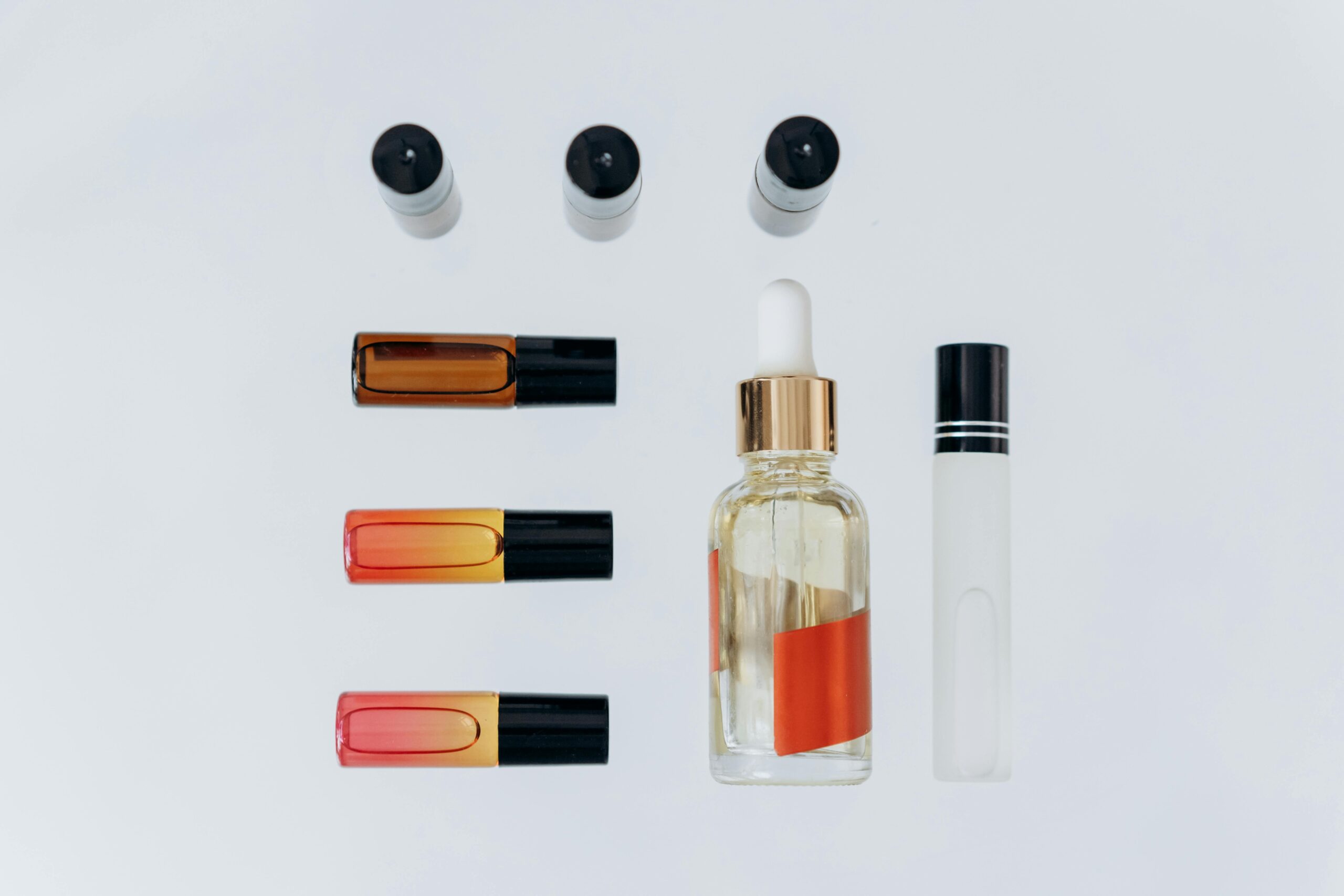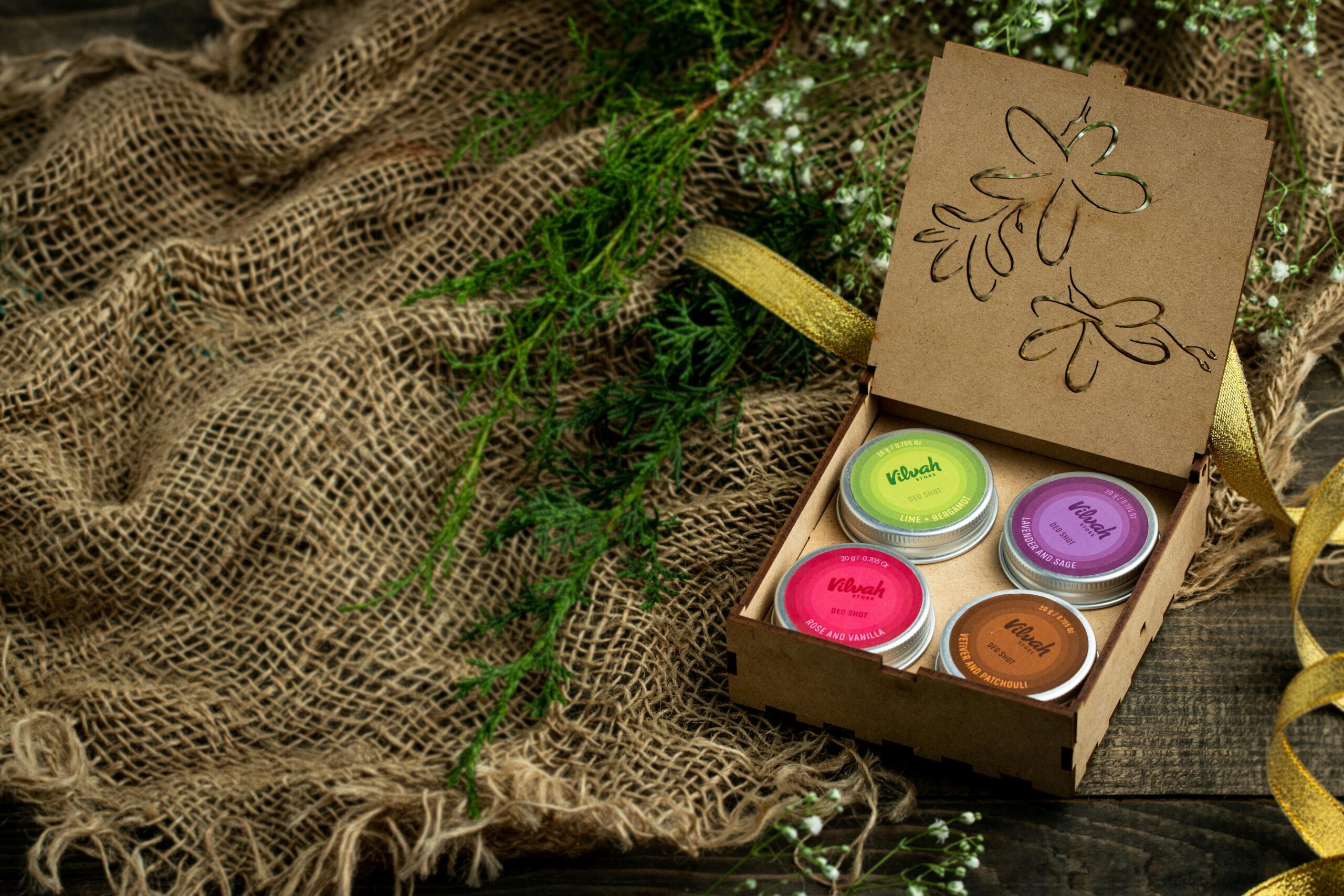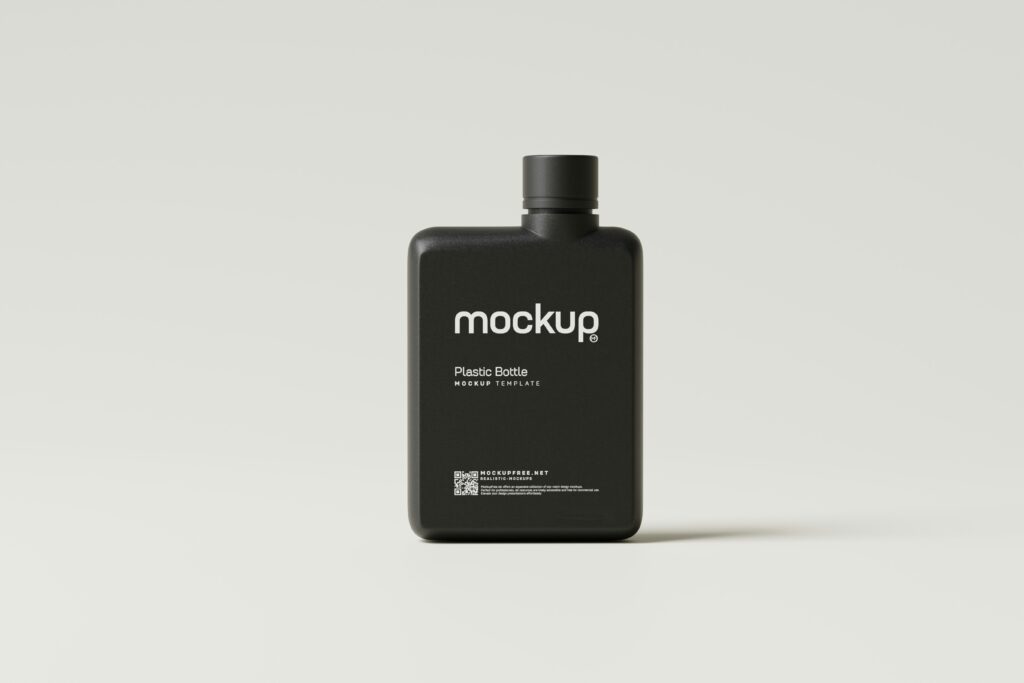Ever slathered on your favorite moisturizer only to find out it’s packed with chemicals that harm your skin—and the planet? Yeah, we’ve been there too. In today’s world of beauty, making eco-conscious choices isn’t just trendy—it’s necessary. Organic moisturizers, especially Eco-Friendly Creams, are revolutionizing skincare by prioritizing nature and sustainability.
In this post, you’ll discover the whats, whys, and hows of organic moisturizers—how they protect your skin barrier, why they’re better for the environment, and which products actually deliver results. Plus, I’ll share my own skincare fails so you don’t have to repeat them (*cough* lavender oil burn incident *cough*).
Table of Contents
- Key Takeaways
- Why Eco-Friendly Creams?
- How to Choose the Best Eco-Friendly Moisturizer
- Tips for Using Eco-Friendly Creams
- Real-Life Examples of Top Organic Moisturizers
- FAQs About Eco-Friendly Skincare
- Conclusion
Key Takeaways
- Eco-Friendly Creams are made from natural, plant-based ingredients, reducing irritation and supporting sustainable farming practices.
- Choosing certified organic products helps avoid harmful synthetic chemicals in traditional skincare lines.
- Look for creams rich in antioxidants like vitamin E or botanical oils, such as jojoba and rosehip.
- The environmental impact of green packaging matters: opt for recyclable or biodegradable options.
- Avoid over-application when using potent natural formulas—you’ll save product and prevent breakouts!
Why Should You Switch to Eco-Friendly Creams?
“Optimist You:” With organic skincare, you can enjoy clear skin while saving the earth at the same time!
“Grumpy Me:” Ugh, unless you end up with one of those “greenwashed” products masquerading as eco-friendly… trust me, I’ve wasted money before.

Let’s face it: mass-market skincare ain’t cutting it anymore. Many traditional moisturizers contain synthetic fragrances, parabens, and phthalates—yuck! Not only do these compounds clog pores and irritate sensitive skin, but they also contribute to pollution during production. Enter Eco-Friendly Creams, formulated with clean, sustainably sourced botanicals instead.
“You don’t need toxins to glow!” – Random Pinterest Pin (Probably)
The Truth About Greenwashing: A Quick Rant
Alright, quick vent session: nothing bugs me more than brands claiming their products are “natural” or “organic,” yet hiding non-eco-friendly ingredients deep in the fine print. If you see terms like “derived from nature,” be cautious—it might mean chemically altered garbage posing as something pure. Always check certifications like USDA Organic or COSMOS before hitting “buy.”
How to Pick the Perfect Eco-Friendly Cream
Step 1: Research Ingredients Like a Pro
Start by scanning ingredient lists for staples like shea butter, aloe vera, coconut oil, or oat extracts. These powerhouses hydrate without stripping moisture barriers or causing sensitivity. Bonus points if the brand supports fair-trade sourcing!
Step 2: Check Certifications
Certified organic labels ensure transparency. Brands earning badges like Leaping Bunny cruelty-free certification earn extra brownie points. Trust me, ethical sourcing feels chef’s kiss good.
Step 3: Smell Before You Buy
I know, weird advice—but some organic creams smell like wet hay. Test samples whenever possible. Sensory overshare alert: imagine fresh lavender fields versus spoiling compost bins. Prioritize pleasant scents derived from essential oils, not artificial perfumes.
Best Practices for Using Organic Moisturizers
- Patch Test Every New Product: Even naturals can cause reactions. Rub a pea-sized dab behind your ear first.
- Ditch Overuse: Less is more! Applying too much cream traps sweat and oil, leading straight to acne city.
- Layer Smart: Start with serums, follow with moisturizers, then seal everything with sunscreen during the day.
Top Organic Moisturizers Worth Trying
Okay, confession time—I once bought an expensive jar labeled “all-natural” only to realize later it was mostly water. Lesson learned. Here are three genuinely effective products worth your cash:
- Osea Malibu Atmosphere Protection Cream: Packed with seaweed extract and red algae, perfect for soothing dry patches.
- Tata Harper Rejuvenating Moisturizer: Luxurious formula bursting with calendula petals; seriously Instagram-worthy.
- Herbivore Lapis Oil: Lightweight facial oil ideal for oily-combo types wanting dewy hydration sans grease.
(Pro Tip: Patch test all of ’em before diving headfirst into application.)
Frequently Asked Questions About Eco-Friendly Creams
Are Organic Moisturizers Safe for Sensitive Skin?
Absolutely! Look for hypoallergenic formulations free of synthetic additives to minimize flare-ups.
Will I See Results Faster With Traditional Products?
Maybe not immediately, but consistent use yields visible improvements, plus peace of mind knowing you’re helping the planet.
Can Eco-Friendly Creams Really Replace Anti-Aging Serums?
Yes, many organic brands now include anti-aging superstars like retinol alternatives (e.g., bakuchiol) for smoother texture and fewer wrinkles.
Conclusion
Switching to Eco-Friendly Creams doesn’t just upgrade your skincare routine—it makes you part of a movement dedicated to preserving our precious planet. From avoiding nasty synthetics to embracing renewable resources, every choice matters. So next time you’re shopping, think twice about what’s inside that pretty bottle. Your skin—and Mother Earth—will thank you.
Like a Tamagotchi, your eco-skincare journey needs daily TLC. Stick with it, stay informed, and remember: glowing skin starts with conscious decisions.


